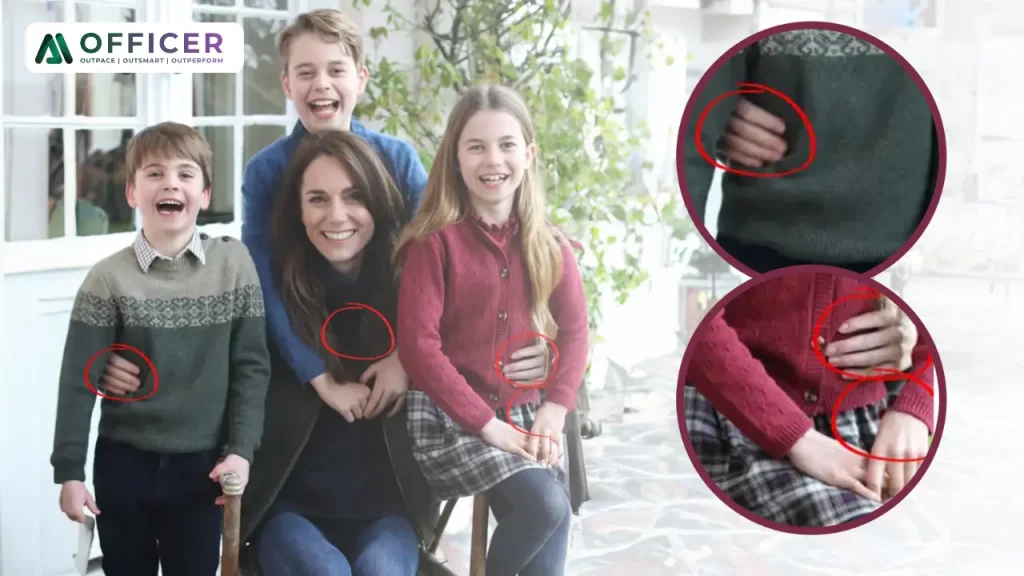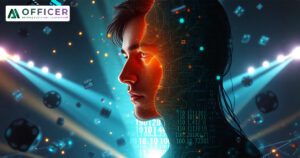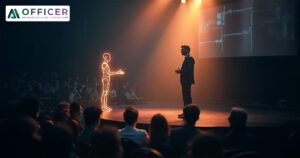
The line between reality and digital fabrication blurs, a recent incident involving Kate Middleton, the Princess of Wales, has sparked a global conversation.
A manipulated family photograph, intended for Mother’s Day, became the epicenter of controversy, raising critical questions about the ethics of photo manipulation in the age of artificial intelligence (AI).
THE ROYAL PHOTO CONTROVERSY : A CASE STUDY
The photograph in question, which quickly went viral, was not merely a touch-up but a meticulously altered image that blurred the lines between reality and illusion. This incident underscores the heightened scrutiny and skepticism faced by public figures in the digital age. The editing of the image, while not done with AI, brings to light the delicate balance between self-expression and authenticity.
AI EDITING TOOLS – A DOUBLE-EDGED SWORD
The proliferation of AI editing tools has democratized the ability to alter images, making it accessible to anyone with a smartphone. Tools like Adobe Photoshop, GIMP, and AI-driven platforms like DeepArt and FaceApp offer a range of capabilities, from basic touch-ups to complete overhauls of images.
These tools can be used creatively to enhance art and expression but also pose significant ethical dilemmas when used to distort reality.
THE ETHICAL QUANDARIES OF IMAGE MANIPULATION
The incident raises profound ethical questions : When does retouching cross the line into deception? Is it acceptable for public figures to present an altered version of reality, potentially perpetuating unrealistic standards and contributing to a culture of insecurity?
THE RISE OF DIGITAL FORENSICS
As AI editing tools become more sophisticated, so too do the techniques for detecting manipulations. Online communities and forensic experts are increasingly adept at identifying the telltale signs of artificial interference, highlighting the ongoing cat-and-mouse game between creators and detectors.
Embracing Creativity Within Bounds
While the ethical implications of AI photo editing are complex, there is also a compelling argument for embracing the creative potential of these tools. Like traditional photography, AI-powered editing could herald a new era of digital artistry, pushing boundaries while maintaining a commitment to authenticity.
THE ROLE OF TRANSPARENCY AND ACCOUNTABILITY
In navigating the ethical landscape of AI photo editing, transparency and accountability are key. Public figures and institutions might consider clearly labeling edited images and providing context for alterations, fostering an environment of informed decision-making.
THE FUTURE OF AI IN IMAGE EDITING
As we stand on the brink of an AI revolution in digital imagery, the responsibility to shape its trajectory falls upon all of us. By balancing creative expression with ethical responsibility, we can harness the potential of AI to enrich our visual world without sacrificing truth.
In the age of AI, where every pixel can be manipulated, understanding the implications of these technologies is more important than ever.
Having an expert AI Officer on board thus becomes increasingly critical. These professionals serve as ethical compasses, guiding individuals and organizations in the responsible use of AI technologies, including photo editing tools.
By staying informed and engaged with the latest developments, AI Officers ensure that the digital advancements serve to enhance, rather than distort, our perception of reality.
As we continue to explore the possibilities and pitfalls of AI in our lives, we invite you to connect with our AI Officers for deeper insights.
Stay tuned to our pages for more thought-provoking content that navigates the intersection of technology, ethics and creativity.





